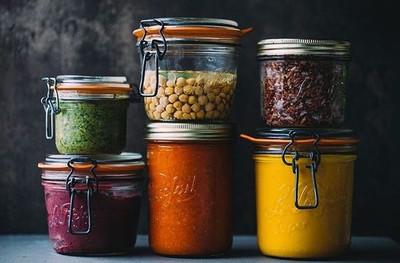Experience the magic of pomegranate preserve
You may think this sounds strange, but there’s something almost magical about the pomegranates that are in abundance right now. There’s this little orb that looks almost dull, with its tarnished, hard skin and strange little crown, and yet, once you cut it open, there are these sparkling red jewels just waiting to be devoured. You can’t help feeling a bit like Aladdin when he compared the contents of his treasure-filled cave to the barren rock outside. The only downside to these little fruits is that once their natural season is up they start to disappear from shop shelves and this is why preserving is the answer to those pomegranate prayers.
The wonder of pomegranate jam
Cafe Fernando has a great pomegranate jam recipe that will ensure you can feast on a treasure trove of flavour even when the fruit is not so easy to get hold of. It produces an unctuous concoction that is sure to be one of the best preserves you have ever had the pleasure to try - as long as you like pomegranates, of course. Just beware of adding too many of the seeds themselves or you could end up spending hours picking them out of your teeth. For this recipe, it is best to use the seeds from just one pomegranate and the pure juice from the rest.
Ingredients:
The juice from 5.5 pounds or 2.5kg of pomegranates
The seeds from one large pomegranate
600g (or three cups) of sugar
Juice of one lemon
Method:
Chill a plate to test the jam’s consistency later
Remove the seeds from one pomegranate and then juice the rest by cutting them in half and then using your fingers to squeeze out the juice. Skim off any pink foam.
Heat the juice and sugar in a big pan over a medium heat, stirring often until the sugar has dissolved. Turn up the hob to medium high and carry on cooking for half an hour. Continue to skim off the pink foam as required.
Add the lemon juice and the seeds and continue to cook for ten more minutes before checking the consistency. Do this by dropping some of the jam onto your chilled plate and tilting. If it doesn’t run then it's ready. If it does run, carry on cooking and test after each five minutes have passed until it stays in a mound.
Place the jam in sterilised jars and keep them in your fridge - if you can resist spreading some on a piece of buttered bread first.



